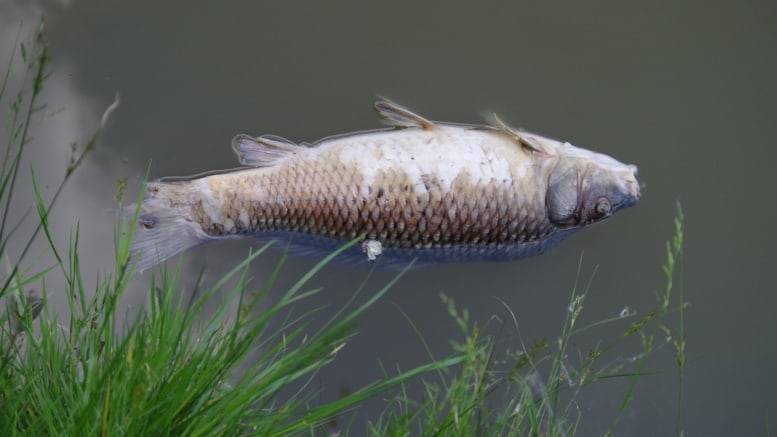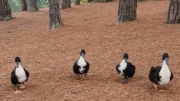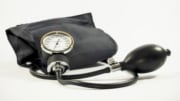We in 7 Lakes North have recently experienced dead fish washing up on the shore or floating around in some of our lakes. This is a phenomenon that occurs about the same time each year. This year it seems as if there are more fish than ordinarily observed, and the changing wind patterns have been moving them back and forth to either ends of the lake where they have come ashore. If there is possibly silver lining to this, our fish habitats may be helping with the population of our sunfish family.
To understand what is taking place, we need to know that bodies of water, (in this case our lakes) with any depth to them will have different layers of temperature. With the temperature layers or gradients, the colder water resides near the bottom and warmer water layers are at or near the surface. Important to know is that the higher the water temperatures, the less amount of dissolved oxygen is available, and the effects of temperature change are profound on the life of fish. If you have or had a fresh or saltwater aquarium, you understand how changes in their environment affect the fish. Just think of our lake as big aquariums.
We experience in the late spring with cold to warm air temperatures changing, a “flip” or inversion of the gradients. The water temperature changes combined with the lower oxygen content stress the fish to a point where they can die. Different species of fish have different tolerances to sudden temperature changes, for example, bass and carp are far more tolerant than the brim and bluegill that we saw washing up. In addition, this is a time for spawning and increases the stress on the fish.
There has been speculation that the chemical treatments to the lakes are killing our fish. There has been absolutely no proof of this to date. Our Lake Management company complies with every EPA requirement regarding product safety, EPA product approval. Since they have been administering the chemical applications, there has been a decrease in the quantity of chemicals entering the lakes as they are “spot” treating areas for invasive vegetation.
Respectfully,
Your SLLA Board of Directors












